Research Area A - Interfaces affecting aging of the nervous system
Prof. Tobias Böckers / Dr. Alberto Catanese

Project A01
Synaptic aging as a “physiological synaptopathy”
Our aim is to investigate how aging alters synapses and how synaptic disruption contributes to the development of neurodegeneration-like phenotypes upon aging. Indeed, aged individuals display a strongly reduced number of synapses and aging is the major risk factor for the development of neurodegenerative disorders. To that end, we will monitor the synaptic alterations over time in controls as well as in defined models with the aim to better define synaptic aging and to identify druggable targets involved in the loss of synapses and neurons.
Prof. Birgit Liss
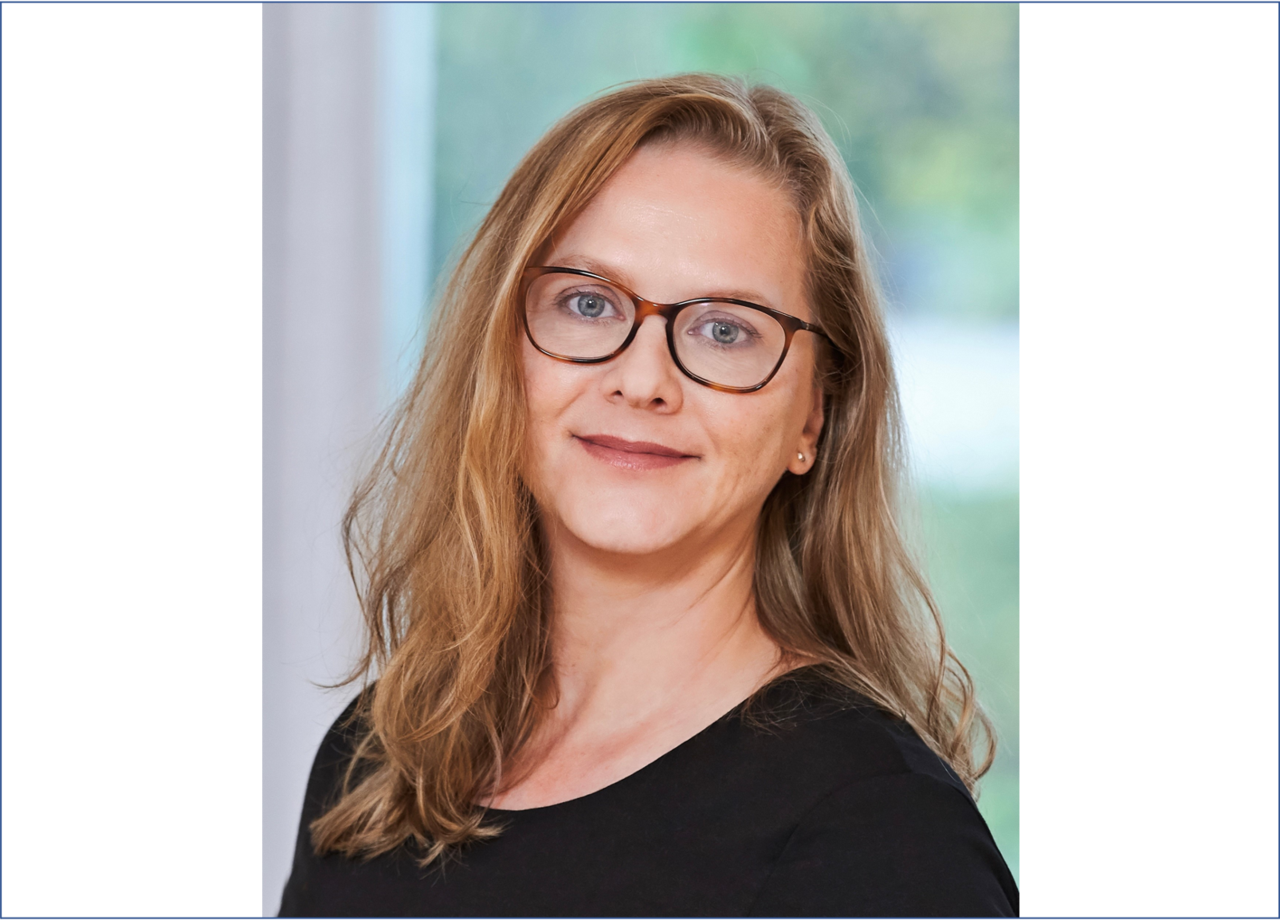
Project A02
Activity-dependent neuronal Ca2+ signalling and its role in aging and Parkinson’s disease
The progressive loss of dopaminergic Substantia nigra neurons is a feature of the aging brain, and causes the motor symptoms of Parkinson’s (PD). We will analyse the interfaces of electrical activity, Ca2+ homeostasis, and metabolic stress, in context of the differential neuronal vulnerability in PD. We propose that neurons that can alter their activity mode and reduce metabolic stress, e.g. via adaptive ion channel and/or Ca2+ signalling, are more resistant to degenerative stressors. We aim to reveal novel resilience mechanisms that protect neurons from age-dependent degeneration in PD and beyond.
Prof. Karin Danzer

Project A03
Interaction between protein aggregation, age and exposure time to misfolded proteins
In this CRC project, we want to understand whether cellular aging with all its associated altered mechanisms is the prerequisite for protein aggregation in general or whether the exposure time to misfolded proteins determines the accumulation of protein aggregates with their detrimental consequences. Further we want to understand whether pathological age-related mechanisms can be rescued by manipulation of structural cellular elements.
Prof. Leda Dimou

Project A04
The effects of aging on glial cells of the brain: implications for physiological functions
In this proposal (A04) we are aiming at studying the effects of aging in myelination and at deciphering the potential of therapeutic approaches to overcome the age dependent decrease in oligodendrogenesis in order to improve cognitive decline in aged animals. The combination of these approaches will help to get novel information on the role of myelination in aging and the identification of novel approaches that could be therapeutically addressed in the future. We therefore propose a/ voluntary physical activity and b/ targeting the receptor GPR17, to improve myelination and cognitive performance in aged animals.
Prof. Franz Oswald / PD Bernd Baumann

Project A05
Notch/NF-kB crosstalk at the aging synapse: Role of inflammaging on cognitive decline
Project A05 addresses the hypothesis that brain inflammaging is critically regulated by Notch/NF-kB crosstalk signaling which can promote synapse aging via cell-intrinsic and paracrine mechanisms finally resulting in motoric and cognitive decline. For this, structural and functional consequences at synaptic interfaces built up by neurons and different types of glia cells in young and old mice will be characterized using conditional transgenic systems mimicking brain inflammaging and allowing cell-type-specific Notch/NF-kB modulation.
PD Sebastian Iben

Project A06
Loss of translational accuracy in aging and aging-associated disease
The skin at the interface of body and environment is subject to aging processes and mirrors systemic aging. In skin cells we plan to study the contribution of the protein synthesis apparatus to cellular and tissue aging. We intend to ask the question if a fading of the accuracy of the protein translation process at the ribosome, recently identified in premature-aging childhood disorders, also characterizes intrinsic aging. Does this pathomechanism explain the loss of proteostasis in neurodegenerative disease like Parkinson´s disease? Interventional strategies will be tested in skin organoid models.
RESEARCH AREA B - AGING AND THE IMMUNE SYSTEM
Hartmut Geiger / Medhanie Mulaw

Project B01
Mechanisms of aging and rejuvenation of human hematopoietic stem cells
The project will investigate the age-related functional decline of hematopoiesis and dissect the role of Cdc42 in the rejuvenation of Human Hematopoietic Stem Cells (HSCs). It will additionally focus on, using single-cell sequencing and deep learning approaches, the transcriptional and mutational heterogeneity of HSCs upon aging. As an outlook, we aim to develop personalized anti-aging clinical interventions that will attenuate aging-driven immune remodeling and hematopoietic disorders.
Lisa Wiesmüller / Melanie Scharpf
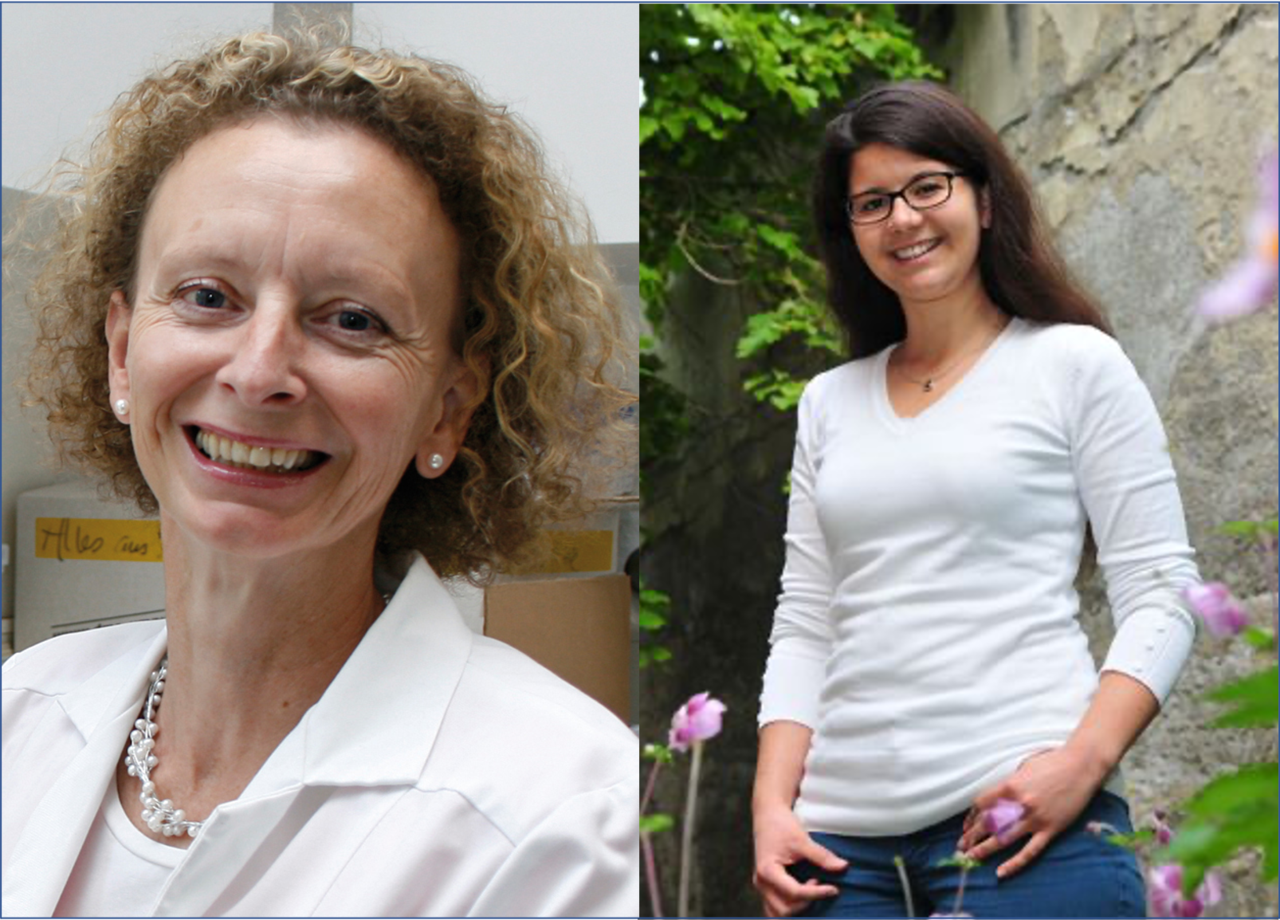
Project B03
Aging at the interface of DNA damage and inflammatory response: Specific impact of the sex
Sex-differences have been recognized in life expectancy, immunosenescence and age-associated diseases. Our own preliminary data suggest sex-specific alteration of the DNA damage response (DDR) with age. Due to the recently identified links between these processes, we ask whether DDR, extranuclear DNA sensing and innate immune response, differ between men and women. Our aim is to characterize the crosstalk between aging-associated DDR and inflammation in primary human cells from both sexes.
Reinhold Schirmbeck / Valery Krizhanovsky

Project B04
Clearance of senescent cells by rejuvenation of the aged immune system
We focus on the role of aging-associated immune remodeling for the regulation of senescent cell accumulation in tissues of old mice. For it, we study if (and how) young, old and rejuvenated old immune systems, de novo generated by hematopoietic stem cells in transplanted RAG1-/- mice, (i) reduce the natural senescent-cell tissue burden and SASP and (ii) eliminate transplanted senescent mouse lung fibroblasts. In murine and human in vitro co-cultures, we will determine the interactions between innate-like CD8 T cells and senescent fibroblasts.
Hassan Jumaa
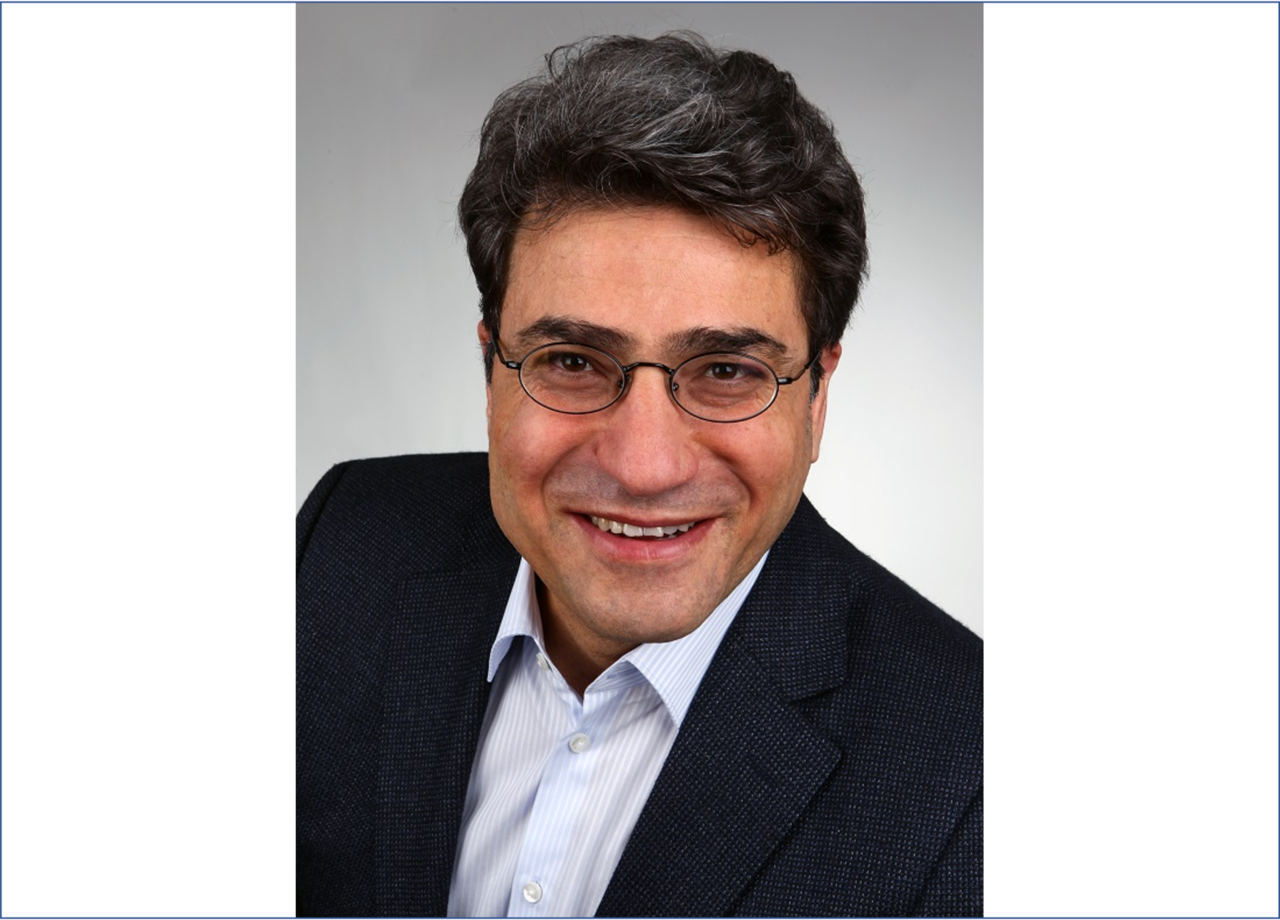
Project B05
The role of autoantibody diversity in physiological homeostasis during aging
The first immunoglobulin (Ig) produced by B cells is IgM, which is initially expressed as membrane-associated receptor regulating B cell function before being secreted as IgM antibody. The majority of IgM is natural IgM (nIgM) which recognizes multiple structures belonging to self or non-self. This multi-reactivity enables a broad inactivation of pathogens or neutralization of altered self-structures such as oxidized lipids or degraded proteins. Recently, we showed that high-affinity autoreactive IgM, in contrast to nIgM, protects cognate antigen. We refer to that as adaptive tolerance and aim at investigating its role in aging.
Hartmut Geiger / Hans Kestler

Project B06
Computational modeling of hematopoietic stem cell aging
Hematopoietic stem cells (HSCs) are surrounded by a multitude of cells that affect their maintenance and differentiation, forming a regulatory environment termed as “niche”. Deregulation of signaling pathways at the niche interface leads to aging. We will simulate this process by using Boolean network models and by applying a co-evolutionary AI-based algorithm to simulate the progression from young to old which will subsequently be validated in vitro.
RESEARCH AREA C - INTERFACES THAT MODULATE ORGAN AND ORGANISMAL AGING
Frank Kirchhoff
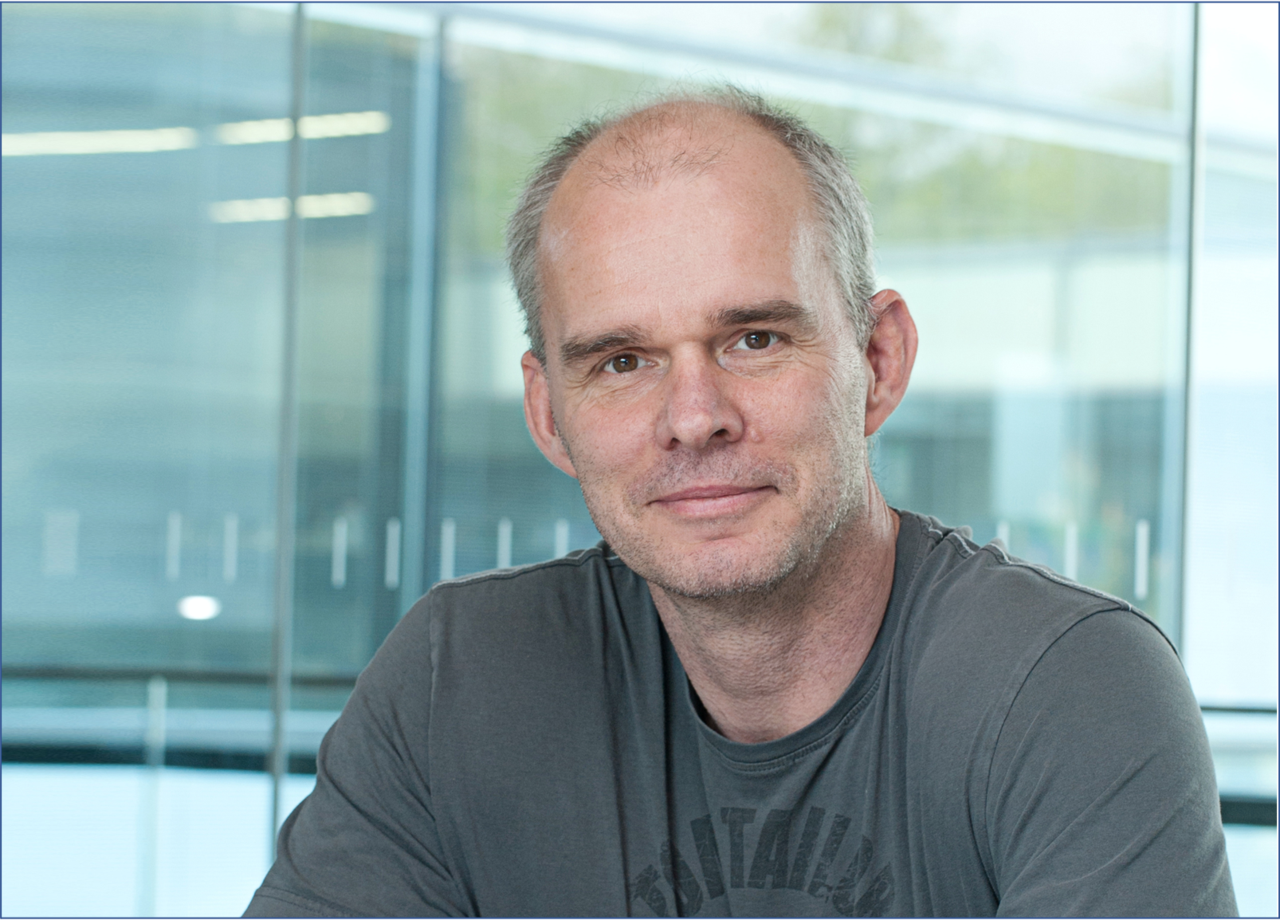
Project C01
Interplay between HIV and amyloids in human aging
We found that amyloids associated with age-associated neurological disorders promote HIV infection and may be cross-seeded by HIV Env-derived fibrils. This suggests a harmful circuit at the virus-host interface: amyloids boost HIV infection; increased virus production enhances amyloid formation and both accelerate neurodegeneration. In the proposed project, we want to elucidate the underlying mechanisms and the relevance of the interplay between HIV, amyloids, and age-related neurodegenerative disorders.
Karin Scharffetter-Kochanek

Project C02
Fibroblast senescence drives connective tissue and organ aging
Accumulation of senescent fibroblasts enforce skin decline and possibly aging of other organs. We previously uncovered that JunB is responsible for the specific induction of fibroblast senescence, a profound metabolic switch and the release of senescence associated secretory phenotype. We here will explore whether (i) specific targeting of senescent fibroblasts with a JunB inhibitor, (ii) specific depletion of senescent fibroblasts and (iii) rejuvenation of natural killer cells with enhanced removal capacity for senescent fibroblasts, reverse or prevent skin and other organ aging and age-associated morbidities.
Daniel Sauter

Project C03
Aging at the interface of HIV and transposable elements
Endogenous retroviruses (ERV) and other transposable elements have long been disregarded as “junk DNA” that is mostly silenced under physiological conditions. However, specific ERV families are activated upon viral infection, and we hypothesize that they may contribute to accelerated aging observed in HIV infected individuals. Using HIV infection as a model, this project aims at identifying mechanisms of ERV-induced senescence. The findings will help to uncover the role of transposable elements in physiological and pathological aging.
Gilbert Weidinger
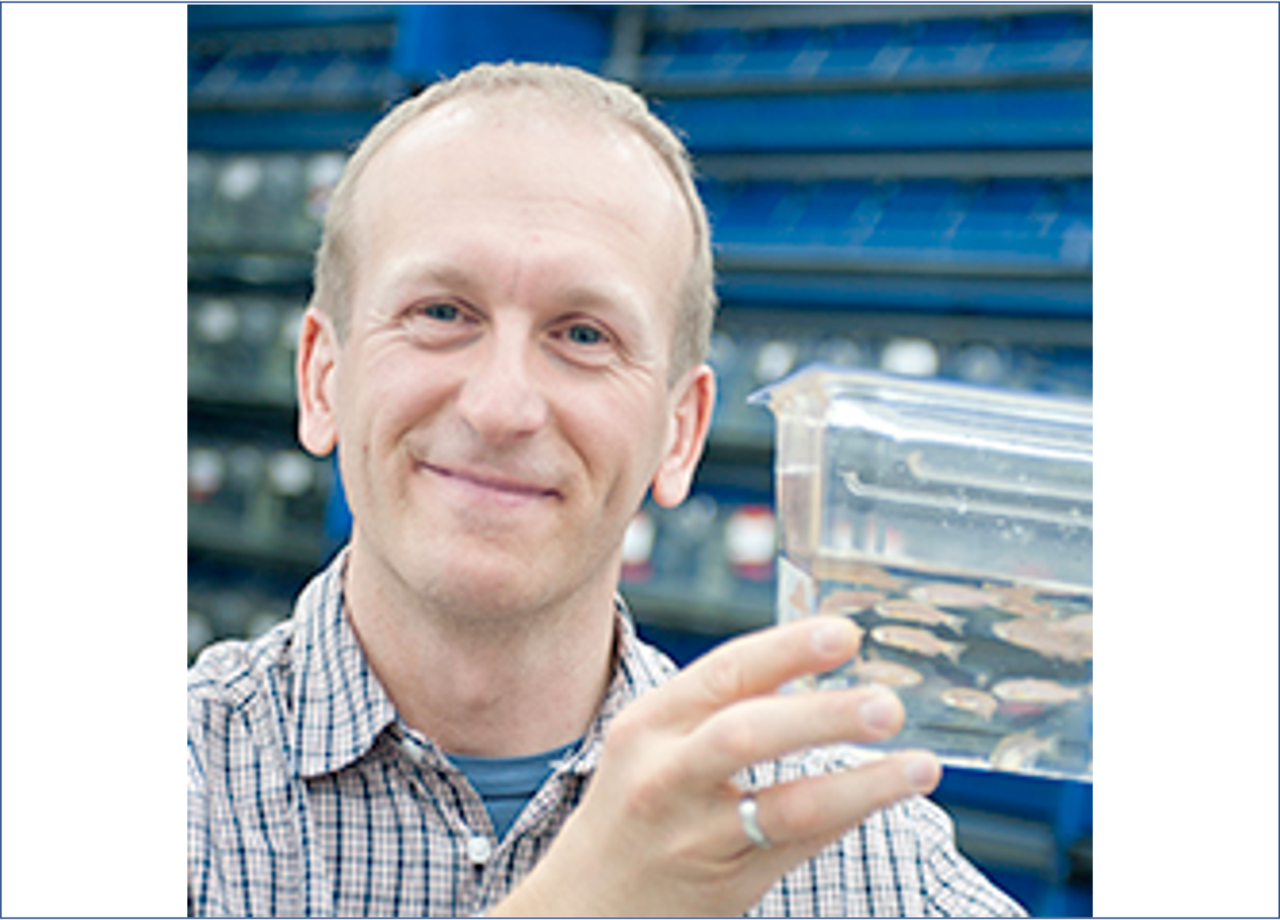
Project C04
The interface of regeneration and aging: zebrafish regeneration requires elevated anti-aging mechanisms
In contrast to adult mammals, zebrafish can regenerate their heart. Replication stress is one reason for declining tissue regeneration in aged mammals. Surprisingly, our preliminary data show that zebrafish cardiomyocyte regeneration occurs despite widespread replication stress, which is alleviated by Bone Morphogenetic Protein signaling, a function that is conserved in human stem cells. In this project we will further test the idea that zebrafish regeneration can be used to identify pathways that have “anti-aging” activity in humans.
Jan Tuckermann / Christof Gebhardt

Project C05
Modulation of the macrophage / adipocyte interface in age-related insulin resistance by the glucocorticoid receptor
The glucocorticoid receptor (GR) promotes insulin resistance (IR) in middle aged mice by action in adipocytes, but protects from insulin resistance by its expression in macrophages and in adipocytes of old mice. We aim now to decipher the dynamics of the cellular macrophage/adipocyte interface and its interplay with the molecular GR/co-factor interface by bulk biochemical and single molecule characterizations of GR dependent signatures in primary cells from transgenic rodents and aged humans.
D. Dallmeier / D. Rothenbacher / W. Wagner

Project C06
Epigenetic clocks, blood-based biomarkers and functional parameters for the estimation of biological age
There is an unmet need to find an adequate model for biological age. In this project, we use the well characterized ActiFE cohort to develop a model for biological age based on blood-based biomarkers, relevant clinical and functional parameters, and targeted epigenetic clocks. The analysis will also integrate new concepts based on DNA methylation analysis. In a translational approach we will examine epigenetic clocks also in mice. Our joint research will investigate the interface between biological age, frailty, and epigenetic aging to provide a new construct for biological age assessment.
PROJECT AREA Z - ADMINISTRATION AND CENTRAL PROJECT
Project Z01
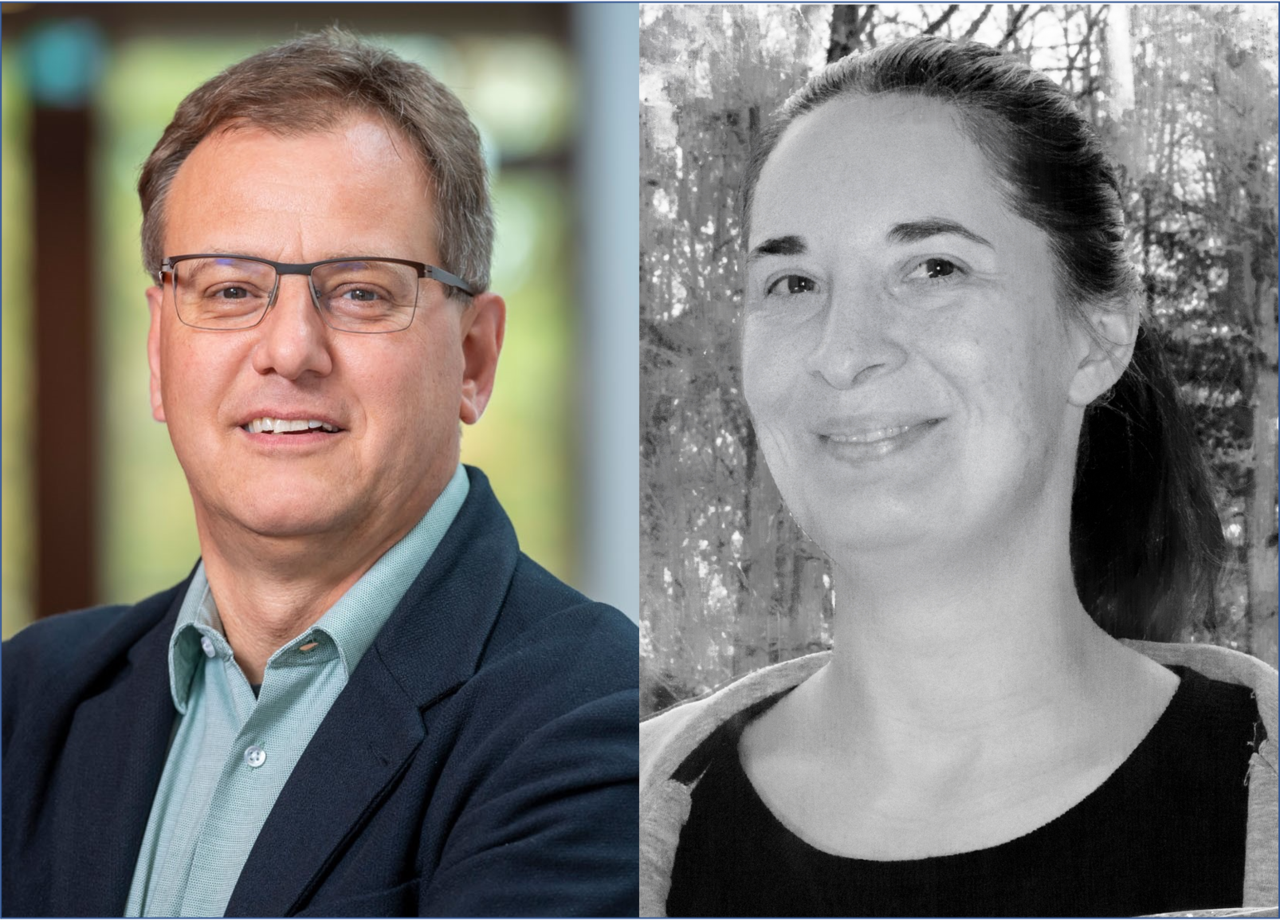
Hartmut Geiger / Bettina Möhrle
Administration
The central administration project for the planned CRC will coordinate the CRC and all training activities and support mechanisms. Assistance in preparation and submission of manuscripts, continuous support of the CRC homepage, and the organization of (inter)national scientific meetings will be provided by this central project. Travel and publication costs will also be estimated and organized by this project. Furthermore, this project will act as a central platform for internal and external contact and outreach.
Project Z02

Dhayana Dallmeier, Michael Denkinger, Hartmut Geiger, Andreas Liebold, Dietrich Rothenbacher, Karin Scharffetter-Kochanek, Hubert Schrezenmeier
Tissues and animals for aging research – an interdisciplinary approach
Within Z02, the ActiFE study platform that includes 1506 subjects aged ≥65 years from Ulm and the surrounding area will provide skin samples, peripheral blood cells and blood plasma samples from older adults to CRC investigators. Z02 will also provide human bone marrow cells containing hematopoietic as well as mesenchymal stem/stromal cells (MSCs) and human hematopoietic as well as MSCs from young donors as well as blood samples form young donors. The Bio-bank Aging Ulm Mouse (BAUM) will provide middle-aged and aged C57BL/6 mice to CRC investigators. BAUM will also determine a set of activity and behavioral parameters of young and aged animals as input of the determination of frailty parameters of mice.
- Institute of Molecular Medicine
- Institut für Epidemiologie und Medizinische Biometrie
- Agaplesion Bethesda Clinic Ulm, Research Unit on Aging
- Institute for Geriatric Research
- Department of Cardiothoracic and Vascular Surgery
- Institute of Transfusion Medicine
- Department of Dermatology and Allergic Diseases
